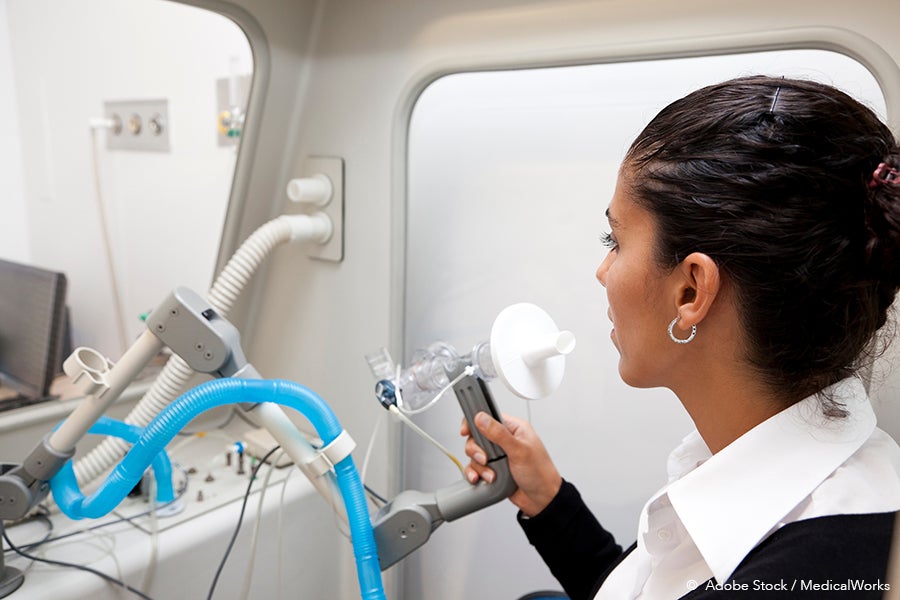 TRIO Best Practice articles are brief, structured reviews designed to provide the busy clinician with a handy outline and reference for day-to-day clinical decision making. The ENTtoday summary below includes the Background and Best Practice sections of the original article. To view the complete Laryngoscope articles free of charge, visit Laryngoscope.com.
TRIO Best Practice articles are brief, structured reviews designed to provide the busy clinician with a handy outline and reference for day-to-day clinical decision making. The ENTtoday summary below includes the Background and Best Practice sections of the original article. To view the complete Laryngoscope articles free of charge, visit Laryngoscope.com.
Explore This Issue
July 2023BACKGROUND
Laryngeal conservation surgery includes open and endoscopic approaches that address select malignant laryngeal lesions to achieve local control while preserving function. Partial laryngectomy in select T1–T3 tumors can provide excellent long-term oncologic and functional outcomes while sparing the morbidity of radiation therapy or total laryngectomy yet still allowing these options in the future. While the goal is functional organ preservation, partial laryngeal surgery may impact voicing, swallowing, and airway protection. Patient selection is critical, as chronic aspiration may lead to pulmonary complications in those whose baseline pulmonary function is impacted by smoking, age, and medical comorbidities. Although understanding tumor extent helps determine resectability, patient factors such as general health, preoperative swallowing, wound healing capacity, and pulmonary function aid in determining ability to tolerate postoperative aspiration and overall surgical candidacy.
 Increased postoperative pulmonary complications have been noted in patients with a history of cardiac failure, functional limitations, or chronic obstructive pulmonary disease (COPD), and those who are current smokers, American Society of Anesthesiologist (ASA) class ≥2, or age ≥60.1 Preoperative pulmonary function testing (PFT) is the standard of care in cardiothoracic surgery to identify patients who may not tolerate reduction in pulmonary reserve and are at risk for pulmonary complications or death. PFT has been proposed as a preoperative measure of pulmonary function and reserve for patients who may have temporary or permanent aspiration secondary to partial laryngeal surgery. Although laryngeal tumors may represent a fixed extrathoracic lesion, conservation surgery is generally indicated for T1, T2, and select T3 tumors, which may not be large enough to restrict airflow or require preoperative tracheostomy.
Increased postoperative pulmonary complications have been noted in patients with a history of cardiac failure, functional limitations, or chronic obstructive pulmonary disease (COPD), and those who are current smokers, American Society of Anesthesiologist (ASA) class ≥2, or age ≥60.1 Preoperative pulmonary function testing (PFT) is the standard of care in cardiothoracic surgery to identify patients who may not tolerate reduction in pulmonary reserve and are at risk for pulmonary complications or death. PFT has been proposed as a preoperative measure of pulmonary function and reserve for patients who may have temporary or permanent aspiration secondary to partial laryngeal surgery. Although laryngeal tumors may represent a fixed extrathoracic lesion, conservation surgery is generally indicated for T1, T2, and select T3 tumors, which may not be large enough to restrict airflow or require preoperative tracheostomy.
BEST PRACTICE
There is a paucity of high-quality evidence guiding the appropriate use of preoperative spirometry in the assessment of perioperative partial laryngectomy pulmonary risk, and there is no literature related to endoscopic approaches. Inherent in previous studies, however, are some minimal physiologic and fitness selection criteria for patients undergoing partial laryngeal surgery. As patients undergoing laryngeal conservation surgery are at risk for pulmonary complications, those with underlying contributory comorbidities should be risk stratified. Exercise testing and/or PFTs should be considered in patients with COPD, age ≥60, ASA class ≥2, functional limitations, or congestive heart failure, as evidence exists that these patients are at increased risk for pulmonary complications and merit increased scrutiny. When performed, FEV/1FVC >50% should be considered as a minimum criterion, with ideal candidates demonstrating pulmonary reserve by exercise testing.
Although there is no evidence that one specific value determines surgical candidacy or precisely predicts postoperative pulmonary compromise, this assessment will inform the perioperative risk factors to aid in a shared treatment decision-making process. Ultimately, multi-institutional prospective studies are needed to better understand the role of preoperative testing in evaluating candidacy and pulmonary-related outcomes in patients undergoing open or endoscopic partial laryngeal surgery.